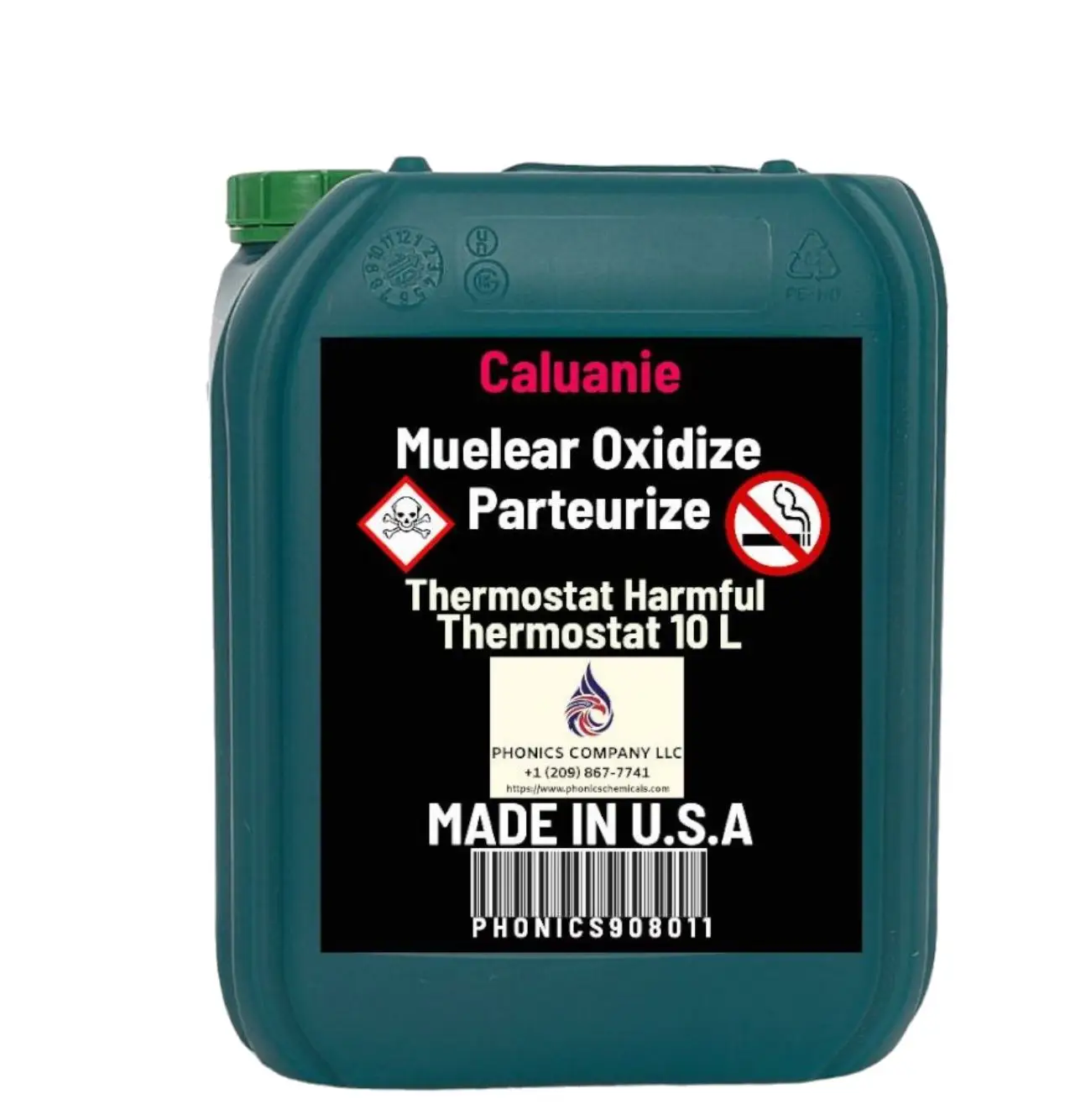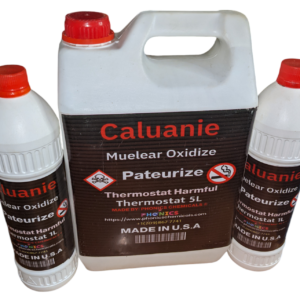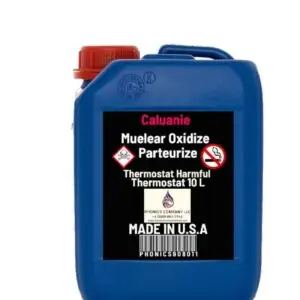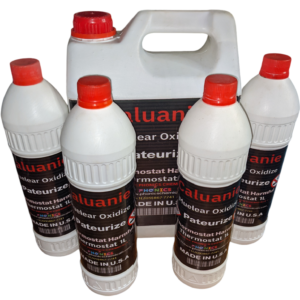caluanie muelear oxidize
Toxicity Overview:
- Chemical Classification:
- Caluanie muelear oxidize is classified as an oxidizing agent. Its reactive nature can lead to hazardous reactions with various substances.
- Acute Toxicity:
- Exposure can cause irritation to the skin, eyes, and respiratory tract. Symptoms may include redness, itching, and burns.
- Chronic Effects:
- Prolonged or repeated exposure may lead to more serious health effects, including respiratory issues and skin sensitization.
- Inhalation Risks:
- inhalation
- Ingestion Risks:
- Ingestion can cause gastrointestinal irritation and other systemic effects, which may be severe depending on the amount consumed.
Exposure
- Skin Contact:
- Can cause irritation and chemical burns; protective gear is essential when handling.
- Eye Contact:
- Can lead to serious eye damage; safety goggles are necessary to prevent exposure.
- Inhalation:
- Respiratory exposure should be minimized through proper ventilation and PPE.
First Aid Measures:
- Inhalation:
- Move the affected person to fresh air. Seek medical attention if symptoms persist.
- Skin Contact:
- Remove contaminated clothing and rinse the affected area with plenty of water for at least 15 minutes. Seek medical attention if irritation persists.
- Eye Contact:
- Also
- Ingestion:
- Do not induce vomiting. Rinse mouth and seek immediate medical attention.
Safety Data Sheet (SDS):
- Always refer to the Safety Data Sheet (SDS) for detailed toxicological information, including specific exposure limits, handling precautions, and additional safety measures.
By understanding these toxicological aspects, you can take appropriate precautions when handling Caluanie muelear oxidize to protect yourself and others.
aluanie muelear oxidize can have significant ecological impacts, especially due to its strong oxidizing properties. Here are key points regarding its ecological information:
Environmental Effects:
- Aquatic Toxicity:
- Soil Impact:
- Atmospheric Effects:
- The compound may release harmful vapors, which can contribute to air pollution and have negative effects on local flora and fauna.
Persistence and Degradability:
- Persistence:
- Degradability:
- Limited information may be available regarding its biodegradability. However, oxidizing agents can react with organic materials, potentially leading to breakdown products that may also be hazardous.
Ecotoxicological Studies:
Preventive Measures:
- Containment:
- Implement containment measures to prevent accidental releases into the environment.
- Disposal:
- Follow proper disposal protocols to ensure that the chemical does not enter water systems or soil.
- Monitoring:
- Regular monitoring of environmental impact in areas where the chemical is used or disposed of may be necessary.
- Compliance with local and international environmental regulations is crucial to mitigate the ecological risks associated with Caluanie muelear oxidize.
By understanding the ecological implications of Caluanie muelear oxidize, you can take necessary precautions to protect the environment during handling, storage, and disposal. Always refer to the Safety Data Sheet (SDS) for specific information regarding ecological hazards and safety practices.
In case of exposure to Caluanie muelear oxidize, it’s crucial to take immediate first aid measures. Here’s a guide on how to respond to different types of exposure:
1. Inhalation:
- Immediate Action: Move the affected person to fresh air immediately.
- If Symptoms Persist: Monitor for respiratory distress. Seek medical attention if coughing, difficulty breathing, or other symptoms occur.
2. Skin Contact:
- Immediate Action: Remove contaminated clothing and any jewelry.
- Wash Affected Area: Rinse the skin thoroughly with plenty of water for at least 15 minutes.
- Seek Medical Attention: If irritation, burns, or any unusual symptoms develop.
3. Eye Contact:
- Immediate Action: Rinse eyes immediately with water or saline solution for at least 15 minutes.
- Ensure Eyelids Are Open: Hold the eyelids apart to ensure thorough rinsing.
- Seek Medical Attention: After rinsing, get medical help promptly, even if no immediate symptoms are apparent.
4. Ingestion:
- Immediate Action: Do not induce vomiting.
- Rinse Mouth: Rinse the mouth thoroughly with water.
- Seek Medical Attention: Get medical help immediately. Provide information about the chemical if possible.
General Recommendations:
- Emergency Contacts: Ensure that emergency contact numbers (poison control, local emergency services) are readily available.
- Documentation: If medical assistance is required, provide the medical personnel with the Safety Data Sheet (SDS) or relevant information about Caluanie muelear oxidize.
Note:
- They fought
- Regular training and drills on first aid measures can help ensure a prompt and effective response in case of exposure.
By being prepared and informed about the first aid measures for Caluanie muelear oxidize, you can help minimize the risks associated with exposure.






Reviews
There are no reviews yet.